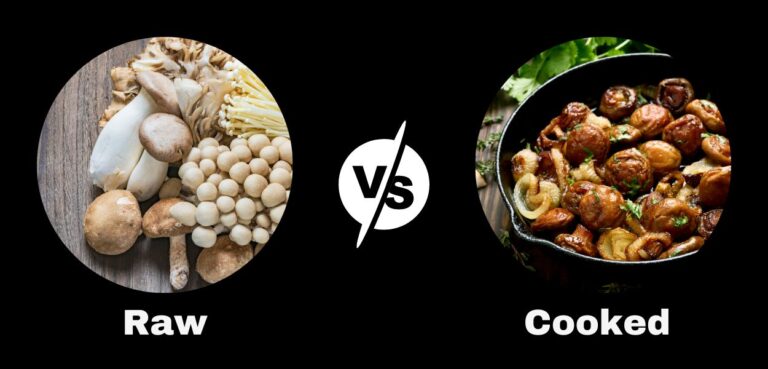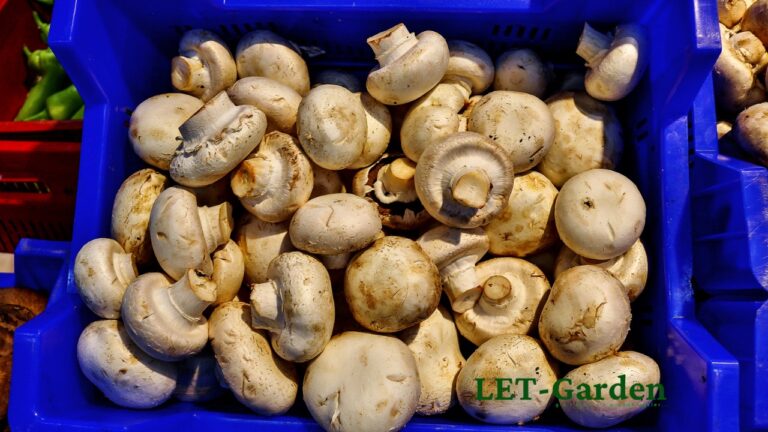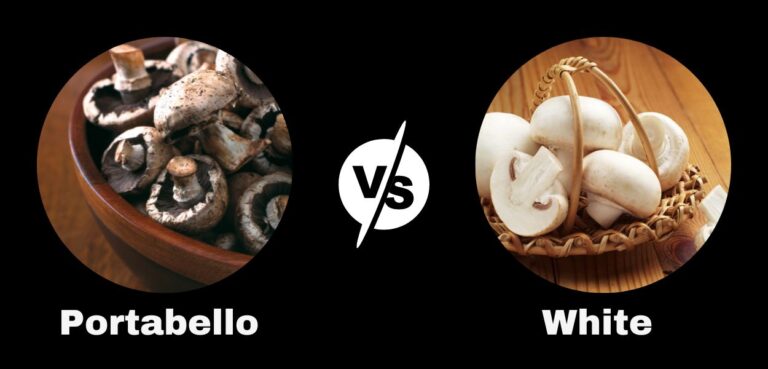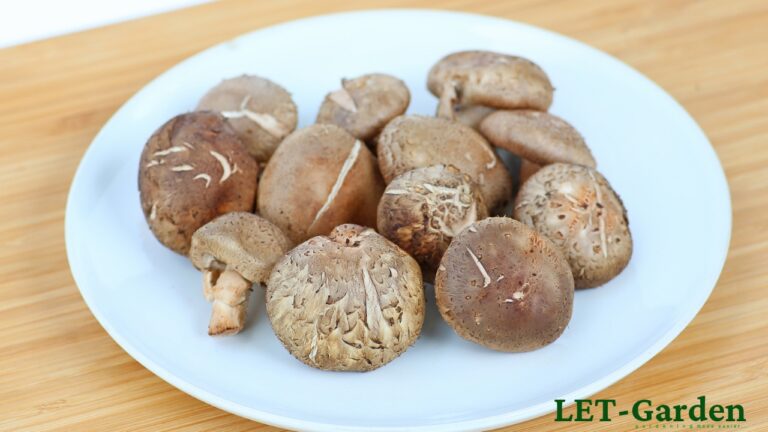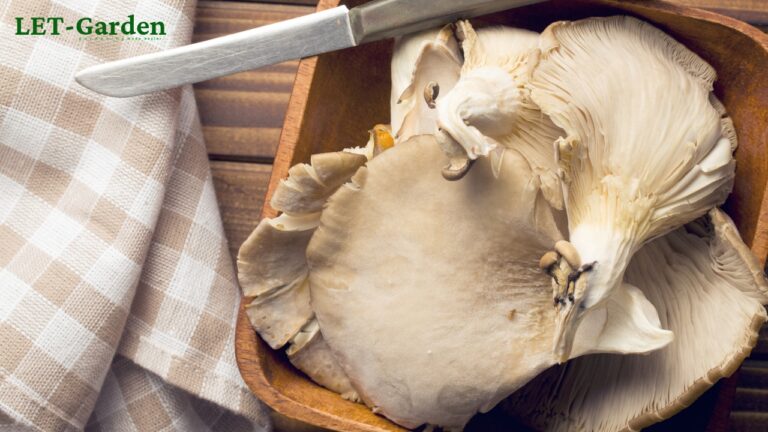
Mushrooms are a fascinating and diverse group of organisms, ranging from delicious and nutritious to deadly and toxic. While some mushrooms are highly sought after for their culinary value, others can be incredibly harmful if ingested. Knowing the difference between edible vs non edible mushrooms is essential for anyone interested in foraging or cooking with mushrooms. In this blog post, we will explore the characteristics of both edible and non-edible mushrooms, identify methods to distinguish between the two and discuss the importance of caution when consuming wild mushrooms. Understanding the differences between these two types of mushrooms can not only ensure a delicious meal but also prevent potentially life-threatening situations.
Characteristics of Edible Mushrooms
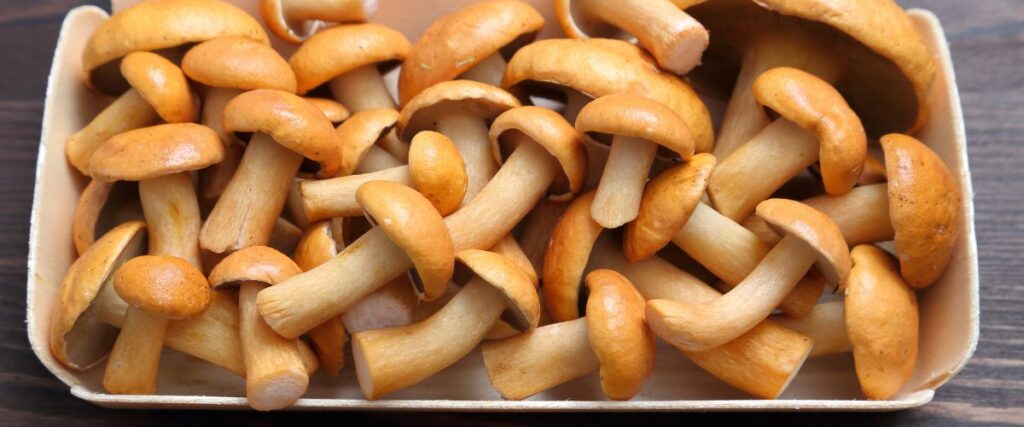
Edible mushrooms come in a wide range of sizes, shapes, and colors. They can be found in forests, fields, and even in urban areas. While their physical characteristics can vary widely, there are a few general features that can help identify them as edible.
Physical characteristics:
- Cap: The cap of an edible mushroom should be relatively smooth and consistent in color, with no signs of discoloration or bruising.
- Gills: The gills of an edible mushroom should be tightly packed and consistent in color, with no signs of discoloration or decay.
- Stem: The stem of an edible mushroom should be firm, with no signs of decay or insect damage.
- Spore print: Edible mushrooms will produce a spore print in a consistent color.
Nutritional value:
Edible mushrooms are a great source of nutrition, containing vitamins, minerals, and antioxidants. They are low in calories, high in fiber, and are considered a good source of protein. Different types of edible mushrooms will have varying nutritional values, but in general, they are a healthy addition to any diet.
Popular edible mushrooms:
There are many types of edible mushrooms, each with their unique flavor and texture. Some of the most popular include:
- Button mushrooms: These are the most commonly cultivated mushrooms and can be found in most grocery stores.
- Shiitake mushrooms: Native to Asia, these mushrooms have a distinctive smoky flavor and are often used in stir-fries and soups.
- Portobello mushrooms: These large, meaty mushrooms are often used as a vegetarian alternative to meat and are a popular addition to burgers and sandwiches.
- Oyster mushrooms: These delicate mushrooms have a mild flavor and a velvety texture, making them a popular choice for soups and stews.
Overall, edible mushrooms are a nutritious and delicious addition to any diet. Knowing their physical characteristics, nutritional value, and popular varieties can help ensure a successful and safe foraging experience.
Characteristics of Non-Edible Mushrooms
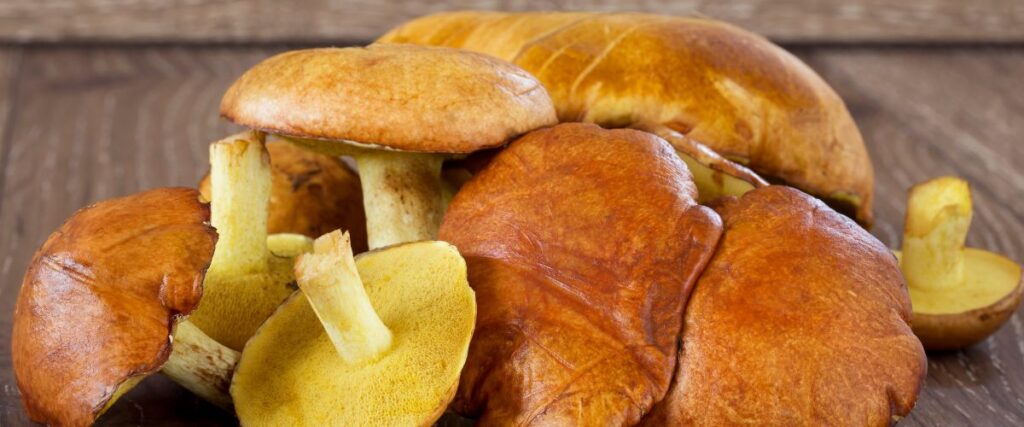
When it comes to mushrooms, there are many varieties that are not suitable for consumption and can even be deadly if ingested. Here are some key characteristics of non-edible mushrooms.
Physical characteristics:
Non-edible mushrooms come in many shapes and sizes, just like edible mushrooms. However, they often have distinct characteristics that set them apart. Some non-edible mushrooms have caps that are brightly colored or have distinct markings, while others have a slimy or sticky texture. Certain non-edible mushrooms also have a distinctive smell, which can be a warning sign that they are not suitable for consumption.
Toxicity and potential health risks:
Non-edible mushrooms can be highly toxic and potentially deadly if ingested. They can contain a range of toxins, including muscarine, ibotenic acid, and muscimol, which can cause a range of symptoms, including vomiting, diarrhea, and even seizures or coma. Some non-edible mushrooms can also cause liver or kidney damage, which can be fatal.
Common non-edible mushrooms:
There are many varieties of non-edible mushrooms, but some are more common than others. Here are four non-edible mushrooms to watch out for:
- Death Cap (Amanita phalloides): The Death Cap is one of the deadliest mushrooms in the world. It is responsible for the majority of mushroom-related deaths worldwide and can cause severe liver and kidney damage.
- False Morel (Gyromitra esculenta): The False Morel is another toxic mushroom that can cause a range of symptoms, including headaches, dizziness, and gastrointestinal distress. It contains a toxin called gyromitrin, which can cause liver damage.
- Fly Agaric (Amanita muscaria): The Fly Agaric is a brightly colored mushroom that is highly toxic. It contains a toxin called muscimol, which can cause a range of symptoms, including hallucinations, delirium, and seizures.
- Jack O’Lantern (Omphalotus illudens): The Jack O’Lantern is a bright orange mushroom that is often mistaken for an edible chanterelle. It contains a toxin called illudin, which can cause vomiting, diarrhea, and other gastrointestinal symptoms.
However, knowing the characteristics of non-edible mushrooms is crucial for anyone interested in foraging or cooking with mushrooms. Always be cautious and consult an expert when in doubt.
Edible vs Non Edible Mushrooms | Identification Methods
Identifying mushrooms can be a daunting task, but it is essential to know how to differentiate between edible and non-edible varieties. Here are some methods to help you identify mushrooms:
How to Identify Edible Mushrooms:
- Research: Before setting out to forage for mushrooms, it is important to do your research. Look for local field guides or online resources to help you identify edible mushrooms in your area.
- Physical characteristics: Edible mushrooms often have a distinct appearance, such as a cap and stem with gills underneath or a stalk with a bulbous cap. They also have a mild, earthy aroma.
- Spore print: Taking a spore print is a simple and effective method to identify mushrooms. Collect a mature mushroom cap and place it gill-side down on a piece of paper overnight. The spores will fall onto the paper and create a unique pattern that can help identify the mushroom.
Warning Signs of Non-Edible Mushrooms:
- Physical characteristics: Non-edible mushrooms can have physical characteristics that distinguish them from their edible counterparts. Some non-edible mushrooms have a pungent odor or a slimy texture. Others have distinctive features like bright colors or unusual shapes.
- Toxicity: Some non-edible mushrooms contain toxins that can cause symptoms ranging from mild digestive upset to severe illness or death. If a mushroom has a bitter taste, it is likely toxic and should not be consumed.
Consulting an Expert:
If you are unsure about the identity of a mushroom, it is important to consult an expert. This can be a mycologist, a trained mushroom forager, or a local naturalist. They can help you safely identify mushrooms and provide information about their edibility and potential toxicity. When in doubt, it is always better to err on the side of caution and avoid consuming a mushroom that you are unsure about.
By following these identification methods and seeking the guidance of an expert, you can safely enjoy the delicious and nutritious benefits of edible mushrooms while avoiding the potential dangers of non-edible mushrooms.
Culinary Uses: Exploring the Versatility of Edible Mushrooms
Edible mushrooms have been a staple in cooking for centuries, adding unique flavors, textures, and nutrients to a wide range of dishes. From savory soups and stews to decadent risottos and pastas, edible mushrooms offer endless culinary possibilities.
One of the most popular edible mushrooms is the button mushroom, known for its mild flavor and ability to blend well with other ingredients. Other commonly used mushrooms include shiitake, portobello, oyster, and chanterelle, each with its own distinct flavor and texture.
Mushrooms can be cooked in a variety of ways, including sautéing, roasting, grilling, and frying. They can also be used as a meat substitute in vegetarian and vegan dishes, such as mushroom burgers or mushroom stroganoff.
While edible mushrooms offer numerous benefits and culinary uses, it’s important to exercise caution when consuming wild mushrooms. Consuming non-edible or poisonous mushrooms can lead to serious health consequences, including organ failure and death. It’s essential to only consume mushrooms that have been properly identified by an expert or purchased from a reputable source.
Overall, edible mushrooms offer a vast range of culinary possibilities and nutritional benefits. However, it’s crucial to exercise caution and only consume mushrooms that have been identified as safe for consumption. With proper identification and preparation, edible mushrooms can elevate any dish and add unique flavors and textures to your cooking repertoire.
FAQs on Edible Mushrooms vs. Non Edible Mushrooms
Are there more edible or inedible mushrooms?
Technically, almost all mushrooms in North America are edible, but many are too fibrous to consume. Only about 250 species are significantly poisonous, making the vast majority of mushrooms safe to eat.
Why are some mushrooms edible and some not?
Mushrooms, like other living organisms, have different strategies for survival. Some mushrooms are poisonous to protect themselves from being eaten, while others rely on animals to eat them in order to spread their spores through poop. There are also mushrooms with different strategies altogether.
What state has the most edible mushrooms?
California is the top producer of mushrooms in the United States, with 73.8 million pounds produced in 2022, accounting for nearly 11% of the total U.S. mushroom production.
Are mushrooms that grow on trees edible?
While some mushrooms that grow on trees are not poisonous, it is not recommended to eat them. They can be difficult to identify, and may not taste good. If you find mushrooms growing on the trees on your property, it’s best to leave them alone.
Finally
However, understanding the difference between edible and non-edible mushrooms is crucial for anyone interested in foraging or cooking with mushrooms. While almost all mushrooms in North America are technically edible, some can be poisonous and harmful to consume. It’s important to exercise caution and follow proper identification methods to ensure that only safe mushrooms are consumed. We encourage you to learn more about mushroom identification and consult an expert if unsure about a mushroom’s edibility. Remember, safety should always be a top priority when it comes to consuming mushrooms.

Hi, I’m Miles, the lead team member behind Gardeem.com. Besides being a passionate grower and writer, I’m a husband, father and grandfather to three! I started Gardeem in 2017 to provide simple and reliable gardening advice to everyone, regardless of their ability levels.

